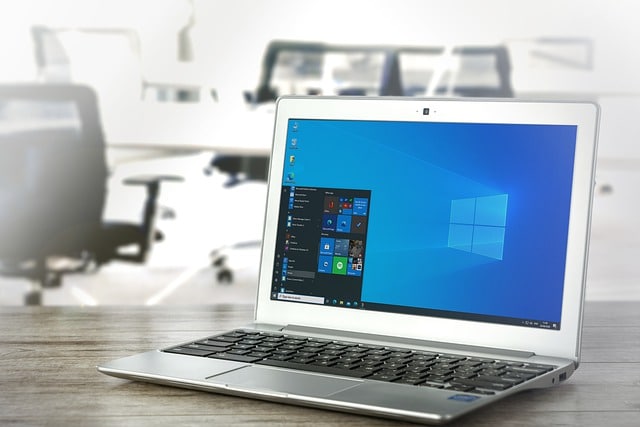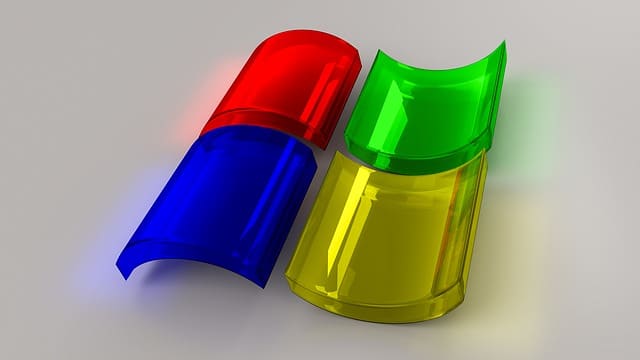
Windows Explorer makes it easy to access files and folders.
What is known as Windows Explorer (also called Windows Explorer ) is a file management application that is part of the Microsoft Windows operating system. Through this tool it is possible to create, edit or delete folders, files, etc.
Windows (an English word that translates into Spanish as " window " ) is the most popular operating system worldwide. Its first version began to be marketed in 1985 with the aim of facilitating the management of a computer 's resources. Its name comes from the way in which the system exposes these resources to the user.
How Windows Explorer works
Specifically, when working with the aforementioned explorer, what we must know and take into account is that its operation is based on three fundamental pillars. Thus, first of all, we find the disks, which are those storage units. Thus, an example of this is C:, the hard drive where all the programs we use on our computer are included.
However, there are also removable storage units or disks, such as pen drivers that, through a USB connection, we click on the computer to save any document.
Second, there are the folders. These are a kind of "drawers" that we create by assigning them a specific name so that we can store other folders or files of all kinds in them (text, images, sound, videos...). As their name indicates, they are presented in the shape of a yellow folder.
An example of this is when on our computer we proceed to create a folder with the name "Summer Vacations" to save there all the snapshots that we have taken with our camera during the summer season.
Third and finally, another of the fundamental pillars of Windows Explorer are the files themselves, which, as we mentioned above, are saved in folders. It is established that they can be, in general terms, of two types: programs, which are those that run on their own, and documents where specific information is simply stored.

Windows 95 was the first operating system to have a file explorer.
From Windows 95 to today
This browser was first included in Windows 95 to replace the file manager identified as Windows 3.x. This tool can currently be accessed through the My Computer icon (or Computer , in Windows Vista ), from the Start menu, or through shortcut key combinations (such as Windows+E ).
Windows Explorer has to show the icons that correspond to each application, the taskbar and the control panel, for example. Since Windows 98 , certain Internet Explorer functions were added to the browser, such as the address bar that allows you to view web page addresses.
Starting with Windows Vista , Windows 7 , and Windows Server 2008 , Windows Explorer began to sport a new design, replacing the traditional task pane with toolbars. Files and folders, meanwhile, can be viewed in seven different ways: tiles, list, details, content, medium icons, large icons, and extra large icons.
The address bar was also modified so that it only displays the folder the user is in at the moment.
